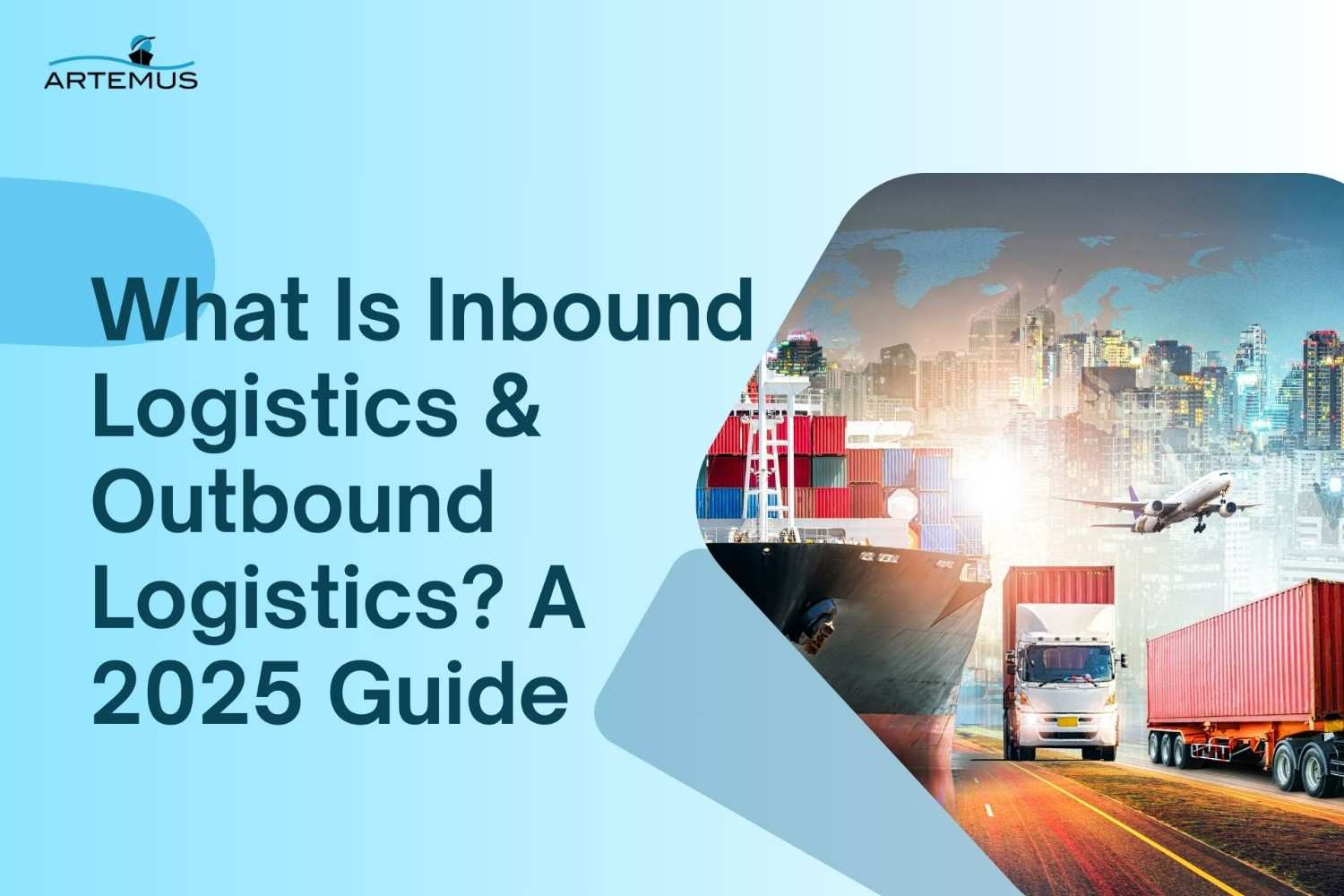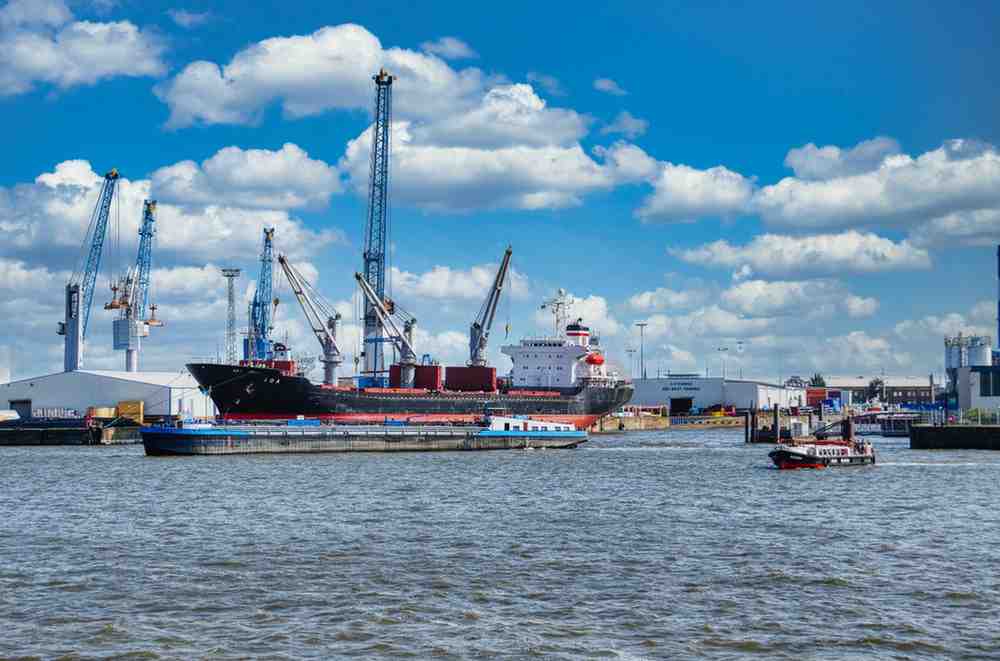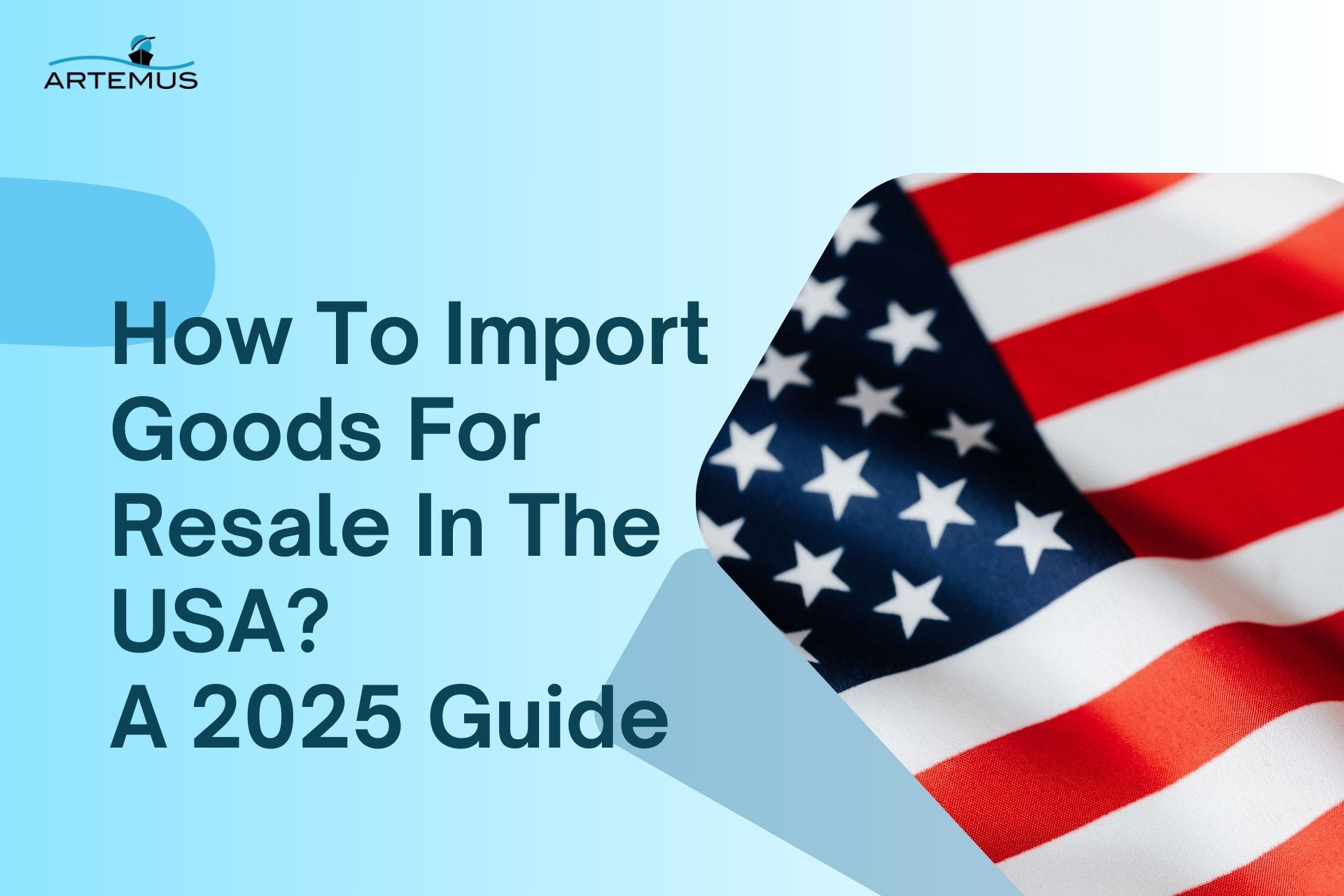
What Is Inbound Logistics & Outbound Logistics? A 2025 Guide
In the dynamic world of supply chain management, understanding the nuances of inbound and outbound logistics is crucial for operational

Navigating the intricacies of international transportation can be a daunting task, especially when it comes to customs processes. For those venturing into the Great White North, understanding the ins and outs of the Advance Commercial Information (ACI) eManifest for Canada is crucial. This electronic system requires the submission of cargo and conveyance information before arriving at the border, streamlining the customs clearance process.
In the realm of efficient eManifest solutions, Artemus Transportation Solutions emerges as a guiding light. Offering a specialized software solution tailored for eManifest in Canada, Artemus ensures that businesses can seamlessly comply with regulations, reduce delays, and keep their shipments on the move. Let’s delve into the world of ACI eManifest and discover how Artemus is paving the way for smoother cross-border journeys.
Table Of Contents
ACI Emanifest, short for “Advance Commercial Information Emanifest,” is a crucial electronic system used in Canada to enhance border security and streamline the movement of goods across the Canadian border.
It requires carriers and importers to submit detailed information about their shipments before they arrive at the border, allowing customs and border agencies to assess and manage potential risks more effectively.
ACI Emanifest facilitates the exchange of data between various stakeholders, such as shippers, carriers, and Canadian customs authorities, ensuring greater efficiency, compliance, and security in cross-border trade. this system plays a vital role in ensuring the safe and efficient flow of goods while upholding border security standards.
Related: Customs Broker Exam Registration: In-Person & Remote CBLE
Compliance with the Advance Commercial Information (ACI) eManifest is a fundamental requirement for businesses involved in cross-border trade with Canada. ACI eManifest is designed to enhance border security, streamline customs procedures, and improve the efficiency of the importing process. So, who needs to comply with ACI eManifest? The answer is a wide range of industry participants, including:
Related: How To Find A Customs Broker? 7 Important Factors To Know

The Advance Commercial Information (ACI) eManifest program, administered by the Canada Border Services Agency (CBSA), offers several benefits to businesses engaged in cross-border trade with Canada. These advantages are not only essential for compliance with Canadian customs regulations but also contribute to the efficiency and security of the importing process. Here are five key benefits of ACI eManifest for Canada:
Related: What Does A Customs Broker Do? 10 Key Responsibilities
The program aims to enhance border security, streamline customs processes, and improve the efficiency of the importing process. Here are the mandatory data elements and information that must be included in an ACI eManifest:
Mandatory Data Elements for Cargo Information:
Related: Customs Broker VS Freight Forwarder: 5 Key Differences
Here are 5 mandatory data elements for the conveyance of information.
Compliance with ACI eManifest requirements is not just a matter of convenience but a legal obligation. Failing to meet these requirements can result in penalties, delays, and disruptions in the supply chain.
Related: How To Become A Customs Broker? A Step-By-Step Journey
Here’s a brief overview of the ACI eManifest timeline:
Adhering to the ACI eManifest timeline is essential for importers and carriers to ensure compliance with Canadian customs regulations and maintain the smooth flow of goods across the border
Related: ISF Fees (Import Security Filing): When & How To Pay?
The Canada Border Services Agency (CBSA) imposes strict timelines for the submission of advance cargo and conveyance information to enhance border security and streamline customs procedures. Failing to adhere to these timelines can result in penalties for businesses engaged in cross-border trade. Here are some of the potential penalties for filing a late ACI eManifest:
To avoid these penalties and disruptions, it’s essential for businesses involved in cross-border trade with Canada to understand and meet ACI eManifest timelines.
Related: What Is HTS Code (Harmonized Tariff Schedule)? A Quick Guide
The ACI (Advance Commercial Information) and ACE (Automated Commercial Environment) manifest are two critical programs, each playing a significant role in trade and border security, but they are administered by different agencies in different countries—Canada and the United States, respectively.
Understanding the critical differences between ACI and ACE manifest is essential for businesses engaged in cross-border trade and compliance with the customs regulations of these nations.
ACI Manifest: The ACI manifest is a program administered by the Canada Border Services Agency (CBSA) and is specific to goods imported into Canada. It requires carriers, freight forwarders, and importers to provide advance information about their shipments before they arrive in Canada.
ACE Manifest: On the other hand, the ACE manifest is part of the U.S. Customs and Border Protection (CBP) and is applicable to shipments entering the United States. It operates within the framework of the Automated Commercial Environment (ACE) system, aimed at streamlining trade processes and enhancing border security in the U.S.
ACI Manifest: Under ACI, importers are required to submit data elements about their cargo, including cargo descriptions, origin, destination, and parties involved in the shipment. The goal is to assess and manage security and safety risks associated with incoming cargo.
ACE Manifest: The ACE manifest collects information on cargo and conveyance details, parties involved in the shipment, and conveyance events. It serves as a comprehensive system to enhance customs processes, track shipments, and ensure compliance with U.S. customs regulations.
ACI Manifest: The ACI program operates under Canadian customs regulations and is an essential part of ensuring the security of the Canadian border while facilitating trade.
ACE Manifest: The ACE manifest is a vital component of the U.S. CBP’s broader customs and border security efforts. It is designed to strengthen the U.S. border while simplifying and modernizing trade operations.
ACI Manifest: In Canada, advance cargo information must be submitted by carriers and freight forwarders before the cargo arrives in Canadian territory, generally within prescribed timeframes depending on the mode of transportation.
ACE Manifest: For the ACE manifest, the submission of advance cargo information is required for shipments arriving in the United States, typically submitted in advance of arrival at the U.S. border or port of entry.
ACI Manifest: Non-compliance with ACI regulations in Canada can lead to penalties, delays in cargo clearance, and potential legal consequences.
ACE Manifest: Similarly, failing to adhere to ACE manifest requirements in the United States can result in penalties, fines, and delays in customs clearance.
In conclusion, while both the ACI and ACE manifest programs share the objective of enhancing security and efficiency in cross-border trade, they are distinct in their operation, information requirements, and regulatory frameworks.
Related: How To Check ISF Filing Status? A Step-By-Step Guide
Filing an ACI eManifest in Canada is a crucial step in ensuring the smooth and compliant movement of goods across the border. Artemus Transportation Solutions offers a comprehensive software solution that simplifies this process, making it efficient and hassle-free for businesses engaged in cross-border trade.
With Artemus’ ACI eManifest software, importers and carriers can effortlessly compile and submit the required advance cargo information to the Canada Border Services Agency (CBSA). The software streamlines the data collection process, helping businesses meet the stringent ACI requirements with ease. It provides a user-friendly interface, real-time validation, and error-checking features, ensuring that the submitted information is accurate and compliant, thus reducing the risk of delays or penalties.
Related: AMS Fee In Shipping: Overview & 5 Key Considerations
Yes, Emanifest Is Mandatory For Certain Parties Involved In Cross-Border Trade In Canada.
The responsibility for eManifest compliance primarily falls on importers, carriers, and customs brokers involved in cross-border trade in Canada.
To submit an eManifest, importers, carriers, and customs brokers typically use approved software or service providers to electronically transmit the required cargo and conveyance information to customs authorities.

In conclusion, ACI eManifest in Canada is a cornerstone of efficient and secure cross-border trade, reflecting the nation’s commitment to both. Mandatory for importers, carriers, and customs brokers, it’s not just a formality but a strategic necessity. By ensuring compliance and timely data submission, ACI eManifest unlocks the gateway to smooth international trade, where time equates to success, reinforcing the idea that efficiency is the key to prosperity in the world of commerce.
Related: Customs Broker Exam (CBLE): A Comprehensive 2024 Overview

In the dynamic world of supply chain management, understanding the nuances of inbound and outbound logistics is crucial for operational

In today’s interconnected world, businesses rely heavily on global trade to expand their markets, access new resources, and drive growth.

Importing goods for resale in the USA presents a lucrative business opportunity, but navigating the complexities of U.S. customs regulations,
Get In Touch
Artemus’ Software Solutions for ISF, AMS, Japan AFR, eManifest Canada, & Panama B2B filings.